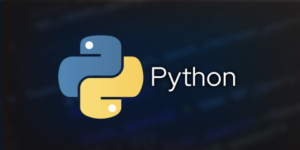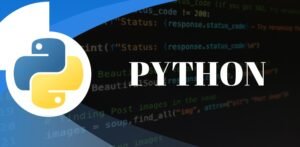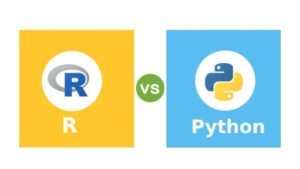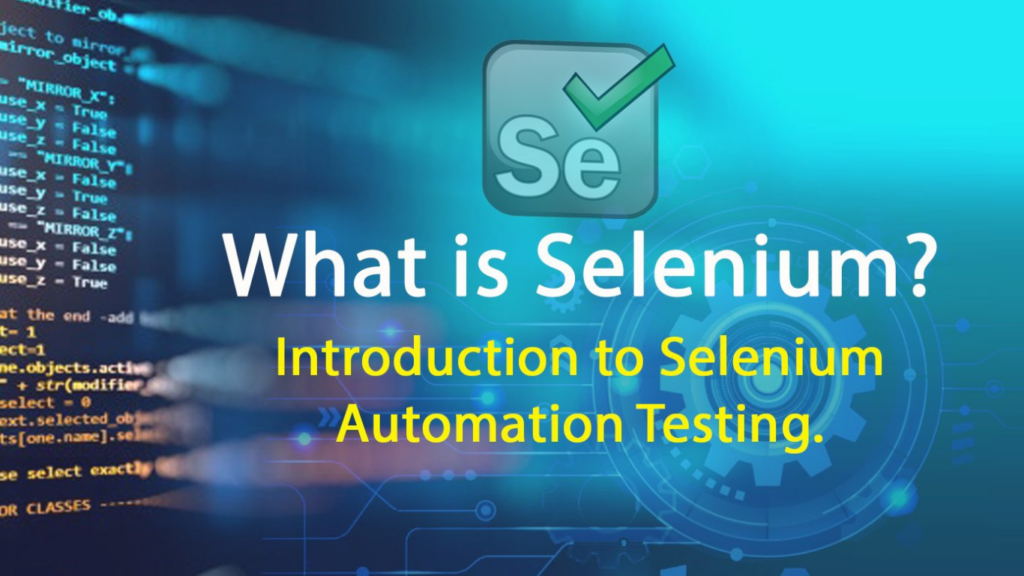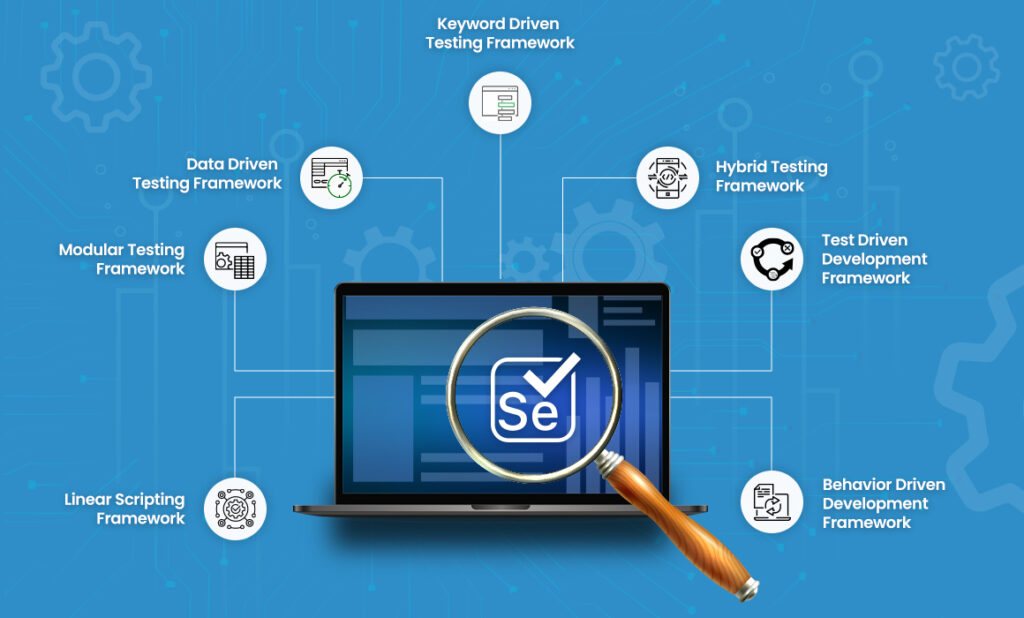Data science is, obviously, quite popular among professionals and students who want to pursue careers in this century’s trendiest job. When searching for a data science job, the following six factors are crucial to creating a strong personal brand and compelling narrative. To learn more, check out the Data science online course.
Introduction
In the ever-evolving field of data science, having technical skills is just the beginning. As a data scientist, building your personal brand is essential for standing out in a crowded marketplace. With the increasing demand for data professionals, how can you effectively showcase your skills and expertise? In this comprehensive guide, we will explore actionable strategies for establishing your brand as a data scientist, supported by real-world examples and insights. Our Data Science using Python Online Training will provide you with the foundational knowledge necessary to succeed in this journey.
Act as Though You’re a Data Scientist
Since nonverbal communication accounts for up to 70% of conversation, you start conveying your narrative even before you open your mouth to say “hello.” When people meet someone for the first time, they make an initial judgement about them in seven seconds, and within a tenth of a second, they determine whether or not to trust them! During those brief moments, what you wear says a lot about you, so you should make sure that the message is a positive one.
While virtually everything is acceptable in the informal dress code of most IT businesses (and, increasingly, many Main Street companies), a careless ensemble and overall appearance will come back to haunt you at in-person networking events or data science job interviews.
Please understand that wearing a full suit and tie can be just as out of style as wearing sweatpants, a ripped T-shirt, or even a poorly designed custom T-shirt. While wearing a complete suit can look outmoded and uninteresting or even evoke thoughts of plodding, bureaucratic school office workers, showing up in sweats can be seen as a lack of responsibility.
Your greatest option when searching for a data science job is to dress smartly and casually. You should project an image of yourself as a professional, driven individual who is eager to contribute to your company through your attire. When attending a data science job interview, jeans are acceptable as long as they are combined with a white button-up shirt and blazer, are in a conservative hue, and are not torn or frayed.
How Data Scientists Should Act for Success
Your body language is your most valuable tool for creating a positive first impression during a networking event or a job interview in data science, aside from your clothing. Because your internal feelings will always be reflected in your body language, it’s critical to project confidence and optimism into your demeanour.
To provide the best possible picture of oneself in a networking or business conversation, keep the following points in mind:
- Smile
- When having a conversation, keep your eyes open.
- Firmly shake hands
- Sit or stand upright
- Face the person you are speaking to with both of your shoulders at an angled position.
- Try projecting your voice and adding some depth to it.
- Be alert, but not anxious.
- Breathe.
Try observing other people’s body language during conversations if you find it challenging to moderate your own.
Even though it may sound cliche, just try to be yourself and let the discussion flow. Regardless of their position on the professional ladder (higher, lower, or equal), you must place yourself mentally on an equal footing with the person in front of you.
When faced with a daunting position, such as CEO of a larger company or VP of Data Scientist, I have witnessed numerous exceptional applicants crumble into a puddle. Take a deep breath and relax your shoulders if you find yourself speaking more quickly or perspiring while chatting with that vice president out of anxiety. Recall that the individual in front of you was once exactly like you and that for her to succeed, she too required the encouragement and support of others. She will occasionally recall that as well.
Speak with other data scientists and take notes.
Active listening is a crucial component of storytelling that is frequently disregarded. Everyone enjoys bragging about themselves and their accomplishments, and when they have the person’s full attention, they are more likely to remember them favourably. Active listening is a fantastic method to establish rapport, discover points of agreement, and even meet new people.
Although establishing a connection is essential for success in all spheres of life, listening should serve other purposes as well. It becomes easier to add value to someone else when you listen to them about their projects and difficulties. Is she working on the XYZ project? You may bring up the new JavaScript library that you learned about recently and that others are utilising to perform XYZ. Is he another job seeker who wants to make the switch to data science? You may recommend Edlitera to him along with other tools you’ve been using for your job hunt. Is she trying to find new speaking engagements? Give her the name of the new data science conference you heard is happening in your area in a few months and offer to email it to her. Better still, offer to introduce her to someone on the organising committee so she may ask about speaking engagements.
You get the idea: always consider how you may be of assistance and value, and you will quickly establish a valuable and diverse network of people who will be far more likely to remember you if you need a favour from them.
Here are a few engaging conversation openers to encourage others to share information about themselves (hint: you should ask all of these excellent questions of your interviewers!).
- What path did you take into data science?
- How did you get started in the field?
- What is your favourite thing about your role?
- How about your least favourite?
- If you were to start over in your career, would you do anything differently?
Craft Your Own Story as a Data Scientist
Answering the first question about yourself above is an excellent place to start when writing your own story. Since every one of us travels a unique road, how you convey your tale frequently depends on your viewpoint.
Perhaps you majored in maths in college before pursuing an MBA in marketing. After that, you spent a few years working as a marketing manager and learned a little bit of coding to help you with some of the more tedious chores you had to perform at work. And you found it to be incredibly enjoyable! You’ve been working with data to some degree for a while now. After learning about Kaggle, you decided to take on some of the challenges and quickly discovered that you would love to work with data full-time. As a result, you’re hoping to move into a data science position. You’d like to know more because you had a great time putting a recommendation algorithm into practice during the last competition and you heard that XYZ company is hiring a data scientist for a project similar to this one.
Build a Successful Network in the Data Science Field
Similar to managing a company, networking involves exchanging values. You may have heard that one of the best ways to obtain a job is by networking. You meet new people in the hopes that one day they will know someone who knows someone who can provide you with information or open doors for you. You give back to your contacts by helping them whenever you can in exchange.
It is never certain in human relationships that you will get the same favours back, and you should never count on it. On the other hand, consistently lending a hand and adding value to new acquaintances is another excellent method of developing a good reputation. We live in a very connected society, for better or worse, so chances are good that the hiring manager you just had an interview with will search for you on LinkedIn and find that you are friends with her best friend from college. When that occurs, your prospects of landing the job could be made or broken by how well your connection remembers you.
Hopefully, you are aware that it is never a good idea to treat people rudely or obnoxiously. The aforementioned scenario is just one of several that illustrate how engaging in such behaviour can ultimately lead to you shooting yourself in the foot. Many people, however, are unaware of the fact that getting hired can also depend on whether your acquaintance gives you a favourable or neutral assessment during that conversation.
Keep Professional Relationships with Other Data Scientists
You attended the networking event, introduced yourself and your objective, tried your best to think of methods to help the people you met, and left with a stack of business cards. Perhaps you even got a job lead or two. The next thing you have to do is send your follow-up emails, preferably within the next day or two. There should be no hesitation and no “ifs,” “buts,” or “maybes” about it.
You ought to send an email and extend a LinkedIn invitation to everyone you’ve spoken to and shared contact details with. The following are some items you ought to put in the email:
- How much does the conversation please you? It never hurts to express humble praise here if you were genuinely impressed with the person, but only if it is genuine. Sincerity is never well-received and can be easily detected.
- Your expression of gratitude for the person’s guidance, suggestion, or offer of assistance.
- In the event that it was a lead or an offer of assistance, indicate your desire to learn more and inquire about the next steps involved in following up.
- A repeat of your own offer of assistance, recommendation, guidance, or lead. If you volunteered to introduce someone in your network to someone else, make sure you get in touch with that person first and then include everyone in a separate introduction email.
- An appeal for the other individual to get in contact with you if you can help out with anything (else).
Conclusion
In summary, you have complete control over how you present yourself and your story. These elements will help to package your well-honed technical skills into a polished professional brand that positions you as a top-tier Data Scientist. Check out the online Data science training to learn more.
Key Takeaways
- Define your unique value proposition to differentiate yourself.
- Create an online presence through LinkedIn, GitHub, and a personal website.
- Engage in continuous learning and share your knowledge through blogging and speaking.
- Network actively and contribute to open-source projects to gain experience.
Call to Action
Ready to kickstart your journey in data science? Enroll in our Data Science using Python Online Training today! Gain hands-on experience, learn industry-relevant skills, and join a community of aspiring data scientists. Let’s build your brand together!









